LLNL and Sandia National Laboratories recently successfully executed the second joint abnormal thermal environment (ATE-2) test for the W80-4 Life Extension Program (LEP). ATE-2 was a fast-heat, fully engulfing system-level fuel fire test, the first for LLNL in more than three decades.
Science and Technology
in the News
Science and Technology
in the News
News Center
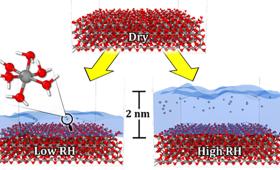
Scientists at LLNL performed simulations using the Lab's supercomputer Ruby to uncover physical mechanisms that explain why humidity controls the rate of atmospheric corrosion of aluminum metal.

In a new study in Nature Sustainability, an LLNL scientist and collaborators examined concurrent SOC and yield responses to cover cropping, including their direct connection.

LLNL’s Lori Diachin takes over as director of the Department of Energy’s Exascale Computing Project, guiding the successful, multi-institutional high-performance computing effort through its final stages.
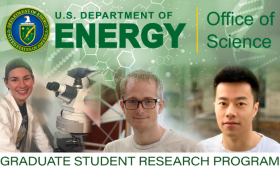
Three graduate students have earned Department of Energy Office of Science Graduate Student Research (SCGSR) Program awards to perform their doctoral dissertation research at LLNL.

New report finds that carbon capture and storage in California can concurrently serve local communities, the environment and the economy
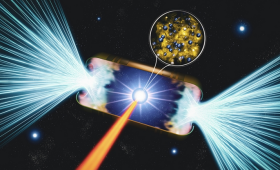
Scientists have conducted laboratory experiments at LLNL that provide new insights on the complex process of pressure-driven ionization in giant planets and stars.
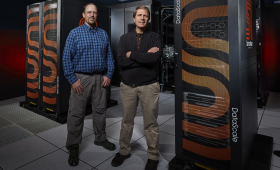
LLNL and SambaNova Systems have announced the addition of SambaNova’s spatial data flow accelerator into LLNL’s Livermore Computing Center, part of an effort to upgrade the Lab’s cognitive simulation (CogSim) program.
Carbonate minerals are formed when carbon dioxide reacts with magnesium and calcium-rich rocks. But where does that CO2 come from? If it comes from the atmosphere, this process at sufficient scale may be able to reliably draw down atmospheric greenhouse gas levels, according to new research by LLNL scientists.
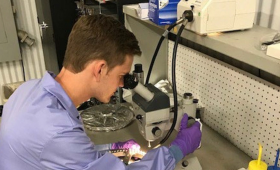
The dangers of coastal erosion are an all-too-familiar reality for the modern residents of California’s iconic mountainous coastal communities. With a new tool, researchers are now bringing historical perspective to the topic of how to manage these disappearing coastlines.


